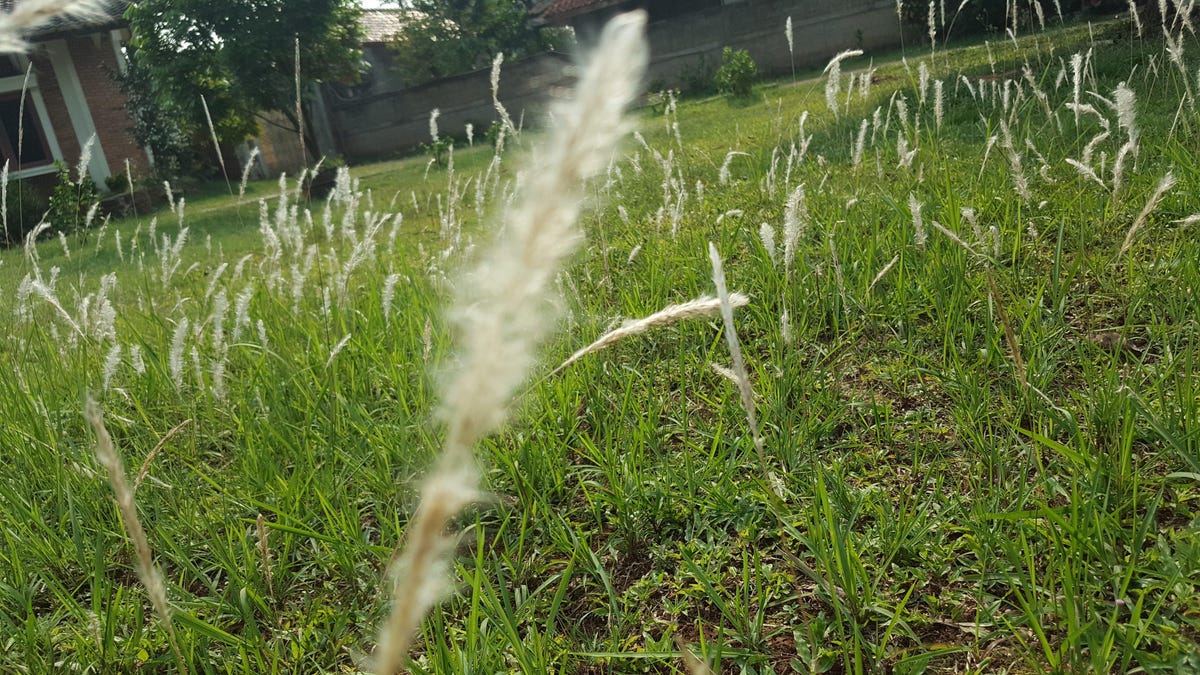
Whether you’ve turned your yard over to native grasses and other groundcover plants completely, or are maintaining a traditional turf lawn, there are certain types of vegetation that you don’t want around—which, by definition, makes them weeds. But some weeds are worse than others.
Take, for example, cogongrass, which is not only an invasive species, but has been federally designated as a “noxious weed” (which is as harmful to local ecosystems as it sounds).
Once confined to the southeast United States, cogongrass has been spreading to other parts of the country. So, over the past few years, the U.S. Department of Agriculture (USDA) and other federal and state agencies have asked the public for help stopping the spread of the weed. Here’s what to know about cogongrass, and how to help stop it.
What is cogongrass?
Cogongrass (Imperata cylindrica)—also known as cogon grass, Japanese bloodgrass, and Red Baron grass—is thought to have been introduced to the United States (Alabama, specifically) in 1911 in packing material from Japan, according to the USDA.
G/O Media may get a commission
Not only has cogongrass been classified as a “noxious weed” (meaning that it’s harmful to public health, agriculture, recreation, wildlife, and/or property), it’s also considered the “seventh-worst weed in the world,” again, per the USDA. So what makes it such a threat? Cogongrass grows in patches so dense that it can choke out native plant species and crops, and reduce forest productivity, which, in turn, destroys wildlife habitats.
Where is cogongrass growing and spreading?
Along with Alabama, cogongrass is widespread in Mississippi and Florida, and has been spreading rapidly through Virginia, North Carolina, South Carolina, Georgia, Tennessee, Louisiana, Texas, and Oregon. It has also been spotted in Vermont, Minnesota, and most recently (May 2022) in Idaho.
While the noxious weed seems to prefer hot, humid environments, it’s now venturing into colder climes (which are not as cold as they once were, thanks to climate change). So basically, it’ll grow wherever it damn well pleases.
What does cogongrass look like?
Cogongrass has several distinctive features that will help you identify the invasive species, including:
- Green or red leaves that are about 1″ wide and sharp around the edges (if they’re red, then it’s known as Red Baron grass or Japanese blood grass)
- White, plume-like flowers
- Seed heads (which appear in the spring) that are white and fluffy
- Growing to be roughly 2 to 4 feet in height
- Growing in circular formations either in the full sunlight or partial shade
Here’s a video from the Alabama Forestry Commission with more information (and visuals):
How to stop cogongrass
Let’s say you’ve identified some cogongrass in your own yard or somewhere else in your area. What next?
According to the Center for Invasive Species and Ecosystem Health—a collaboration between the USDA and University of Georgia—here’s what to do (and, in certain cases, not do):
- Contact your local Forestry Commission Office or county extension office as soon as possible
- Do not mow through, around, or anywhere or near the area with cogongrass—especially if it’s flowering (because that means it has seeds, and you could unintentionally spread them)
- Leave the soil in and around the area with cogongrass alone (i.e. no digging, raking, disking, grading, etc) because it might contain fragments of its roots, which you can then spread to other areas
- Do not attempt any prescribed burns in areas with cogongrass without the approval of Forestry Commission personnel
- Thoroughly clean any and all equipment that has been used in or near an where cogongrass is growing
Credit: Source link



